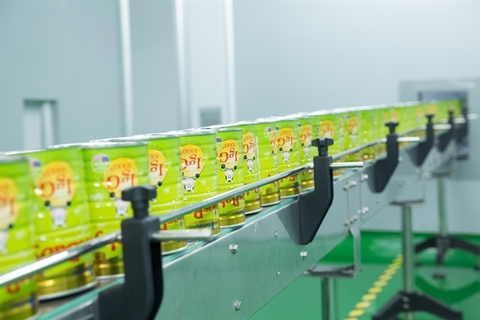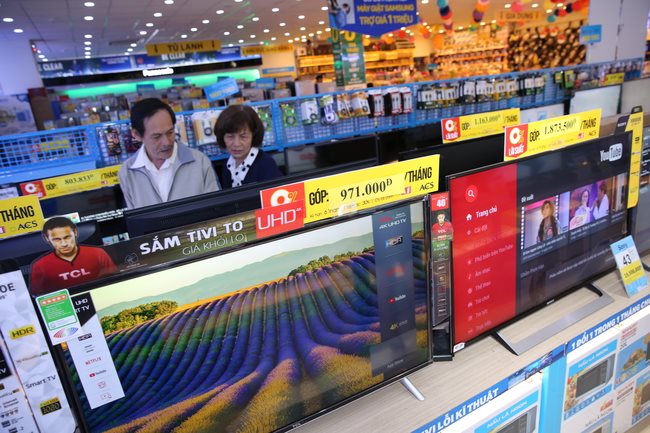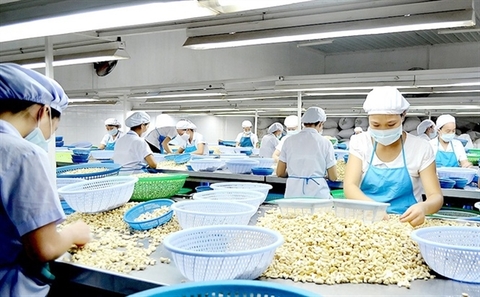VN dairy industry remains on course for rapid growth: conference
VN dairy industry remains on course for rapid growth: conference
The dairy industry's revenues grew at 12.7 per cent a year on average in 2010-18, and the momentum is expected to continue thanks to an increase in milk consumption in the country, according to the Viet Nam Dairy Association.

According to its report at a conference on the opportunities and challenges for Viet Nam’s dairy industry from the CPTPP held on the sidelines of the Viet Nam International Milk and Dairy Products Exhibition on Thursday, per capita milk consumption went up from 15 litres per person in 2010 to 27l last year.
Prof Dr Tran Quang Trung, the association’s chairman, told Viet Nam News: “In anticipation of free trade agreements, local dairy firms have in the past five years invested boldly in their dairy farms and cattle and imported Industry 4.0 technology for their plants.”
"They can now manage their entire chain from raw materials to the final products by using advanced technology.
“The industry is seeing the appearance of many new milk processing plants equipped with advanced technologies that can compete with the global milk industry.”
They have also invested in producing organic and seed milk and speciality products for people recovering from treatment and with diabetes, kidney ailments and malnutrition, hoping to capitalize on market demand, according to Trung.
This investment trend is in line with the Government’s plans for the development of the dairy industry, which include further penetration of the world market, the Ministry of Industry and Trade has said.
Trung said thanks to improving quality, Viet Nam exported milk and dairy products worth $250-300 million a year to 43 countries and territories, including the US, France, Canada, Poland, the Middle East and Southeast Asia.
It had completed procedures to export to China starting this year, he said.
There had also been a decrease in milk and dairy imports in recent years due to the increase in domestic production, he said.
But the association admitted since domestic production only met 40 per cent of demand the imports would continue.
The imports were also by the confectionery and coffee industries.
Trung said, “The lower import tariffs under the Comprehensive and Progressive Agreement for Trans-Pacific Partnership will offer Vietnamese dairy firms an advantage in importing milk, whey protein, milk components, and others.”
At another seminar also held on the sidelines of the exhibition, Nguyen Thuy Duong from the Ministry of Industry and Trade said free trade agreements had opened up opportunities for dairy firms to enhance their market share both at home and abroad.
But they would continue to face challenges and this required them to diversify their products, develop new ones, including special nutritional products, and improve quality and packaging, she said.
An executive from US company Noluma International spoke about the adverse effect of light on milk quality and solutions that would help retain quality, freshness and nutrition of milk, including vitamins A and D and riboflavin.
The exhibition is being held at the Phu Tho Stadium until June 2.



















